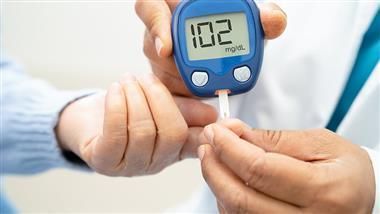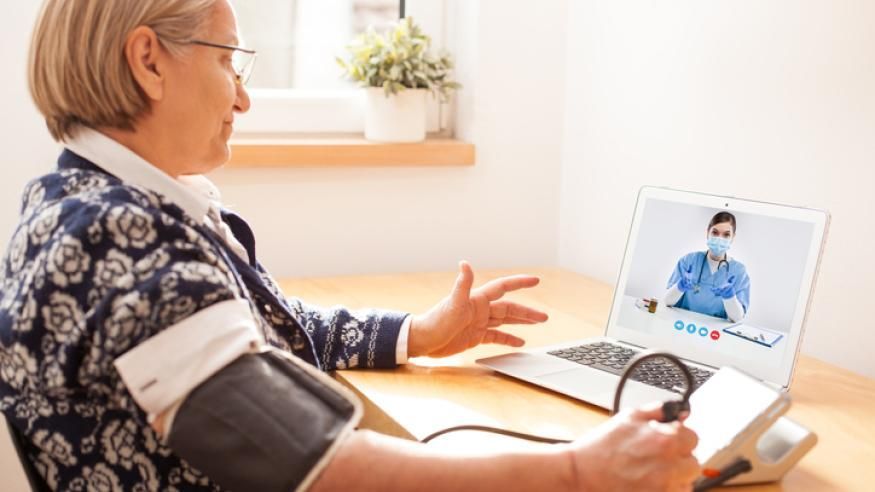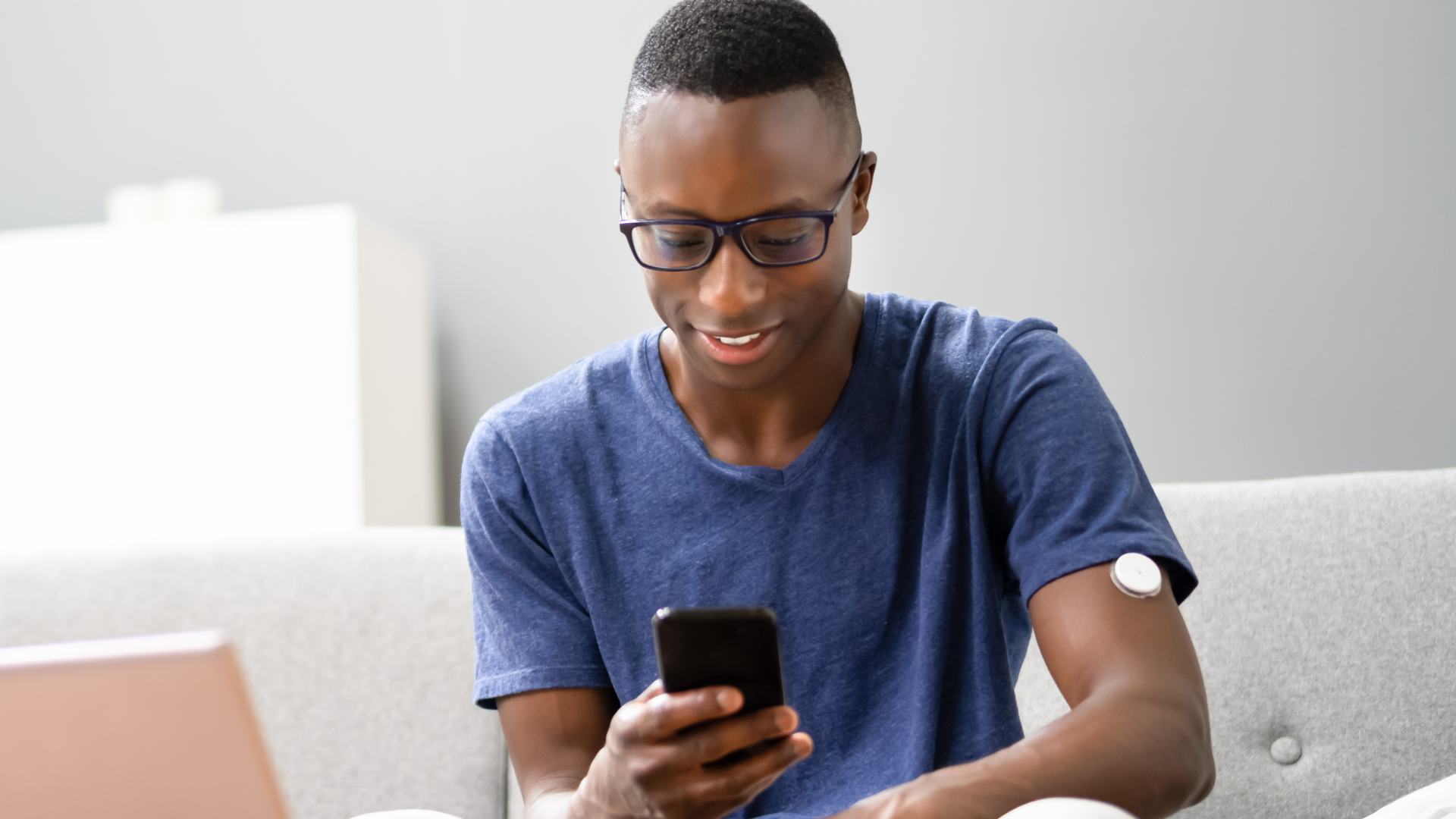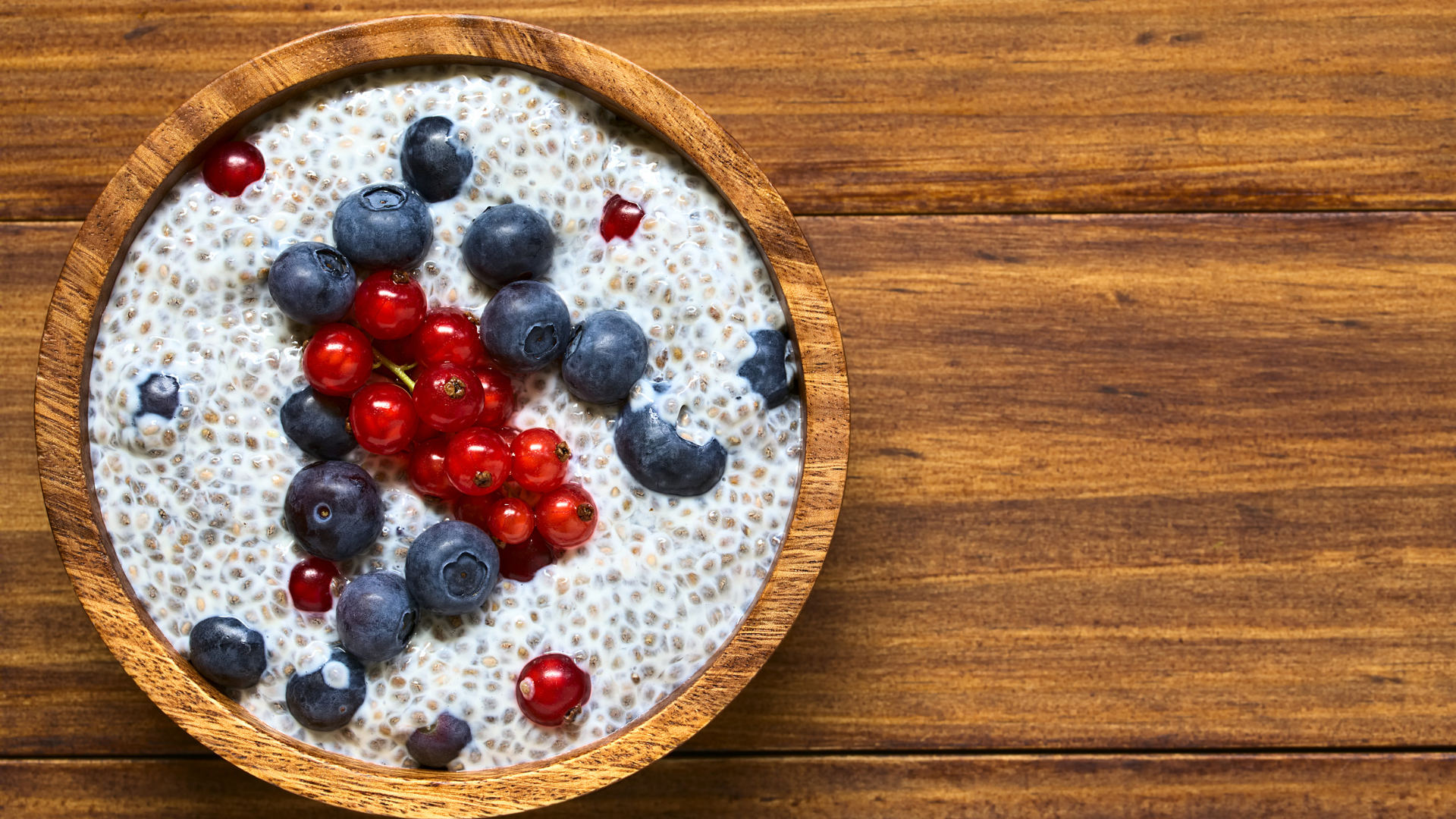Could Liver-Targeted Insulin Be the Future of Type 1 Diabetes Care?
Could Liver-Targeted Insulin Be the Future of Type 1 Diabetes Care?
Led by Dr. Jeremy Pettus, researchers at UC San Diego are investigating liver-targeted insulin in type 1 diabetes. Explore how this novel insulin could significantly improve glycemic control and reduce hypoglycemia risk.
In 2021, the world celebrated the 100th anniversary of the discovery of insulin. The discovery of insulin transformed diabetes from a grave disease to a condition that could be managed with medications and blood glucose monitoring.
Indeed, diabetes treatment has come a long way since 1921, particularly with the advent of new technologies like continuous glucose monitoring (CGM) and the development of newer therapies.
However, insulin therapy still has many downsides, from hypoglycemia to weight gain to the need to bolus before meals. Although automated insulin delivery (AID) systems can address some of these issues, more work remains to be done. One of the key challenges of insulin therapy is that the insulin coming from the pancreas acts mainly on the liver, but people with diabetes must inject insulin subcutaneously.
Dr. Jeremy Pettus, associate professor of medicine at UC San Diego Health who also had type 1 diabetes, is leading research on insulin that acts directly on the liver. Researchers believe that liver-targeted insulin could better mimic the hormone’s natural action, helping people with diabetes improve glucose control and overall health outcomes.
Why are researchers developing liver-targeted insulin?
Simply put, liver-targeted insulin is needed because the insulin injected subcutaneously isn’t a perfect copy of the hormone produced naturally in the body.
When you inject insulin into your skin, your body absorbs it slowly. This leads to low amounts in the liver and islet cells of the pancreas, and high amounts of insulin circulating in the bloodstream and in other tissues.
“This is exactly the opposite of normal physiology where concentrations are highest in the islets, then liver, then the periphery,” Pettus said.
As a result of low insulin in the liver, the organ releases excess glucose, resulting in high blood sugar.
“This is particularly problematic after meals,” Pettus said. “As anyone with type 1 will tell you, controlling the ‘spike’ after meals is almost impossible. This is largely due to our inferior way of delivering insulin.”
How does liver-targeted insulin work and who could benefit?
The company Diasome is investigating a novel technology to deliver insulin directly to the liver. Diasome’s approach, which is not yet approved by the FDA, involves attaching small molecules to insulin to direct it specifically to the liver in an attempt to mimic normal physiology. The technology has been designed to be used with any commercially available insulin and any delivery option, including pump systems. With more insulin in the liver, people should experience better glucose control after meals and less hypoglycemia, Pettus said. Some believe liver-targeted insulin could also prevent weight gain.
Research aims to uncover the mechanism of liver-targeted insulin
Pettus and his team will soon begin a small trial to demonstrate how liver-targeted insulin works in people with type 1 diabetes. Researchers will infuse participants with different amounts of the new insulin type and measure how their bodies respond.
“The idea is that with increasing amounts of the technology, we can show that the liver is producing less glucose,” Pettus said. “In other words, with the same amount of insulin, the liver is ‘seeing’ more of the insulin.”
So far, studies have shown promising results in reducing A1C and minimizing low blood sugar episodes:
- A 26-week study in people with type 1 diabetes found that the novel insulin led to similar reductions in A1C compared to Humalog, a rapid-acting insulin. Participants with higher starting A1C (8.5% or higher) who received this insulin appeared to benefit most, experiencing a 25% reduction in bolus insulin and 73% reduction in time below range (less than 54 mg/dL).
- A 24-week study in people with type 1 diabetes treated with multiple daily injections showed that adding liver-targeted insulin to mealtime insulin reduced hypoglycemic events. Nocturnal hypoglycemia fell by nearly 50% among participants receiving the new insulin. Among 61 participants, A1C decreased from 7.3% to 6.9% by the end of the study.
The bottom line
This research will help scientists better understand how liver-targeted insulin works in the bodies of people with type 1 diabetes. If successful, Pettus’ study could lead to larger trials and future FDA approval. There is the potential for liver-targeted insulin to be further explored in pumps, type 2 diabetes, and other populations. For example, a small clinical trial examining liver-targeted insulin in people with type 2 diabetes found that given in addition to oral glucose-lowering medications, the novel insulin led to significant decreases in average post-meal blood glucose levels. “All in all, the field has been working on liver-directed insulin for a long time and this is an exciting new approach to make it happen,” said Pettus.
Healthy Bites
















